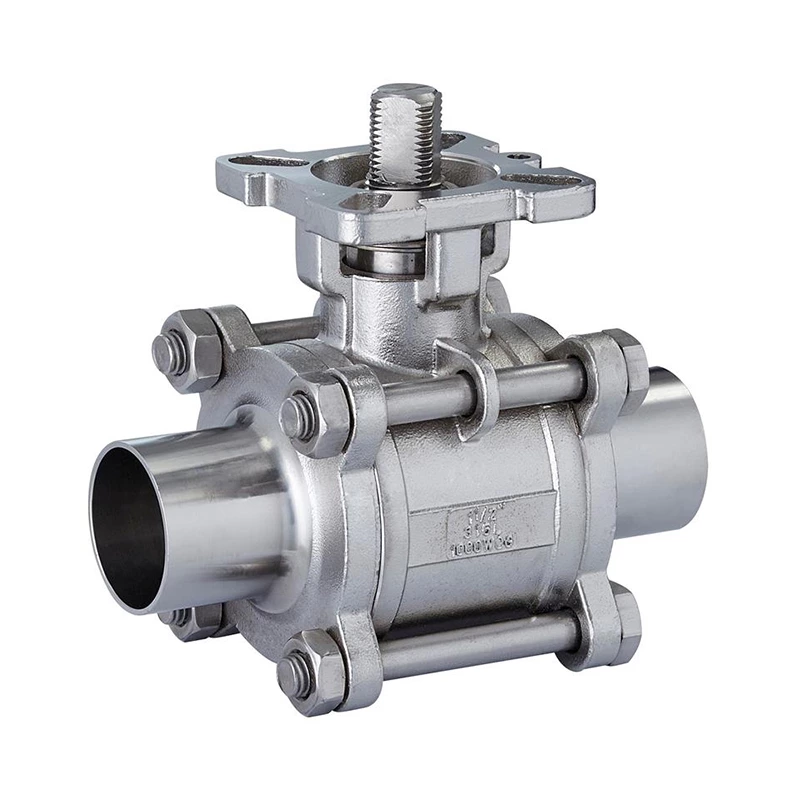Correct Use And Maintenance Of Sanitary Quick-release Ball Valves
Sanitary Ball Valve is made of stainless steel, which is corrosion-resistant, pressure-resistant and wear-resistant, and is suitable for fluid control of various corrosive media. At the same time, the surface of stainless steel is smooth and flat, easy to clean and disinfect, and meets the requirements of sanitary grade.
Secondly, it adopts a ball-type valve core structure, which has the characteristics of small fluid resistance, short opening and closing force, reliable sealing, and flexible and convenient operation. Moreover, the sealing material of the ball valve is made of high-temperature and corrosion-resistant materials such as silicone and fluororubber to ensure low leakage rate and safe operation of the fluid control system.
In addition, it has a quick-release connector design, which can be connected or disassembled without using tools, just manually rotating the switch, saving time and labor costs for installation and maintenance. At the same time, the design of the quick-release connector ensures the sealing performance of the valve and avoids leakage problems.
In addition, it is suitable for fluid control systems in the fields of food, medicine, biotechnology, cosmetics, etc., and has a wide range of applications in the control of liquids, gases, steam and other media. It can meet places with high cleanliness requirements and pollution-free requirements to ensure product quality and production safety.
Correct use and maintenance of sanitary quick-release ball valves:
1. Clean the ball valve regularly: Keeping the surface of the ball valve clean can prevent the accumulation of dirt and corrosion, and extend the service life of the ball valve.
2. Pay attention to the operation method: Avoid excessive twisting or force when using the ball valve to avoid damaging the internal structure of the ball valve and affecting its service life.
3. Check the ball valve seal regularly: Check the sealing structure of the ball valve regularly. If leakage or damage is found, replace the seal in time to ensure the normal operation of the ball valve.
4. Prevent freezing: If the ball valve is used in cold seasons, ensure that the ball valve is not frozen. Heating or insulation measures can be taken to avoid damage to the ball valve.
5. Avoid overload use: Correctly select the use scenario according to the rated working pressure and temperature range of the ball valve, avoid overload operation, and extend its service life.
